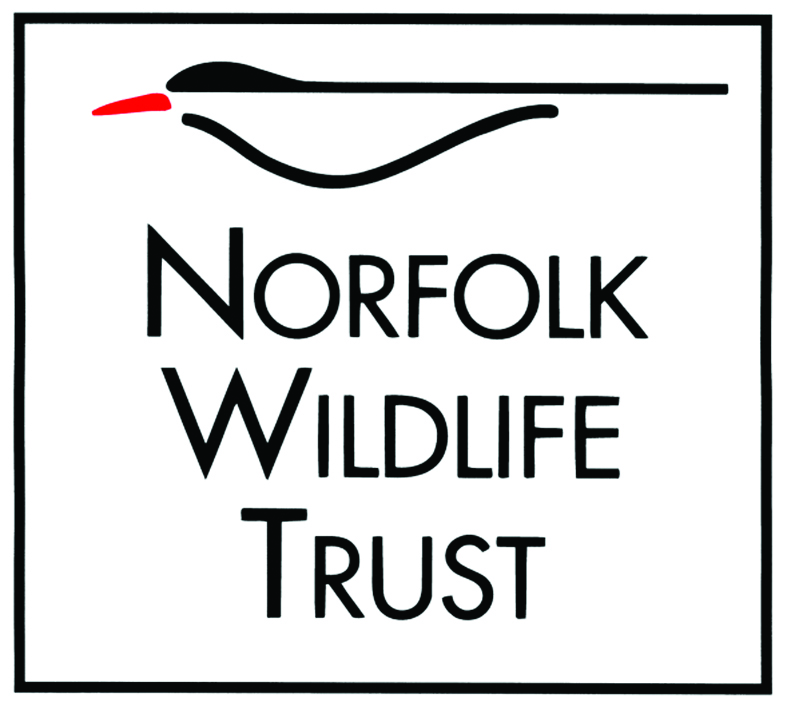Search
Search
Foray into fungi
As drivers of plant growth and agents of decay, we owe a great deal to fungi says Norfolk Wildlife Trust Reserves Officer Robert Morgan.
Plants and fungi FAQs
Common scoter
The common scoter has suffered large declines in the UK, threatening its survival here. Look out for this duck feeding at sea in winter when its numbers are bolstered by migrating birds.
European otter
The sinuous otter is an excellent swimmer and can be seen hunting in wetlands, rivers and along the coast - try the west coast of Scotland, West Wales, the West Country or East Anglia for the best…
Sheep's-bit
With its fluffy-looking, light blue flower heads, sheep's-bit is a pretty plant of dry grassland, heaths and clifftops. Sometimes carpeting an area, it is popular with nectar-loving insects…
Spotted ray
The spotted ray is one of the smallest species of skate, growing to only 80 cm.
Spotted flycatcher
Watch the deadly accurate flying of the spotted flycatcher in woodlands, gardens and parks. It sits quietly on a perch waiting for an unsuspecting insect to fly by, deftly dashing out to seize it…
Lesser spotted woodpecker
The lesser spotted woodpecker is the smallest of the UK's woodpeckers. Listen out for its drumming, which is quieter than that of the great spotted woodpecker, in woodland, parks , orchards…
Small-spotted catshark
Small-spotted catsharks used to be called lesser-spotted dogfish - which might be what you know them best as. It's the same shark, just a different name!
Great spotted woodpecker
The 'drumming' of a great spotted woodpecker is a familiar sound of our woodlands, parks and gardens. It is a form of communication and is mostly used to mark territories and to display…
Four-spotted chaser
The Four-spotted chaser is easily recognised by the two dark spots on the leading edge of each wing - giving this species its name. It can be seen on heathlands and near ponds and lakes.
